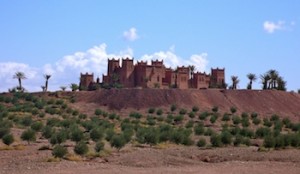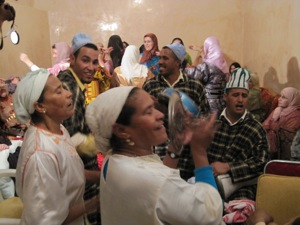Posts Tagged ‘Ait Ouzzine’
Ouarzazate became famous when it’s nearby Kasbah; Aït Benhaddou appeared in the 1962 film Lawrence of Arabia. This spellbinding quiet town is the perfect home base for exploring the southern region of Morocco which is comprised of ancient Kasbahs, the Dadès Valley, the Gorge of Todra, the Atlas Films Studios, the Skoura…
Every country has it’s own wedding culture. Traditions and ceremonies differ in each part of the world and Morocco is no exception. Moroccan weddings are a 24-hour affair and more. Just as in the west, every Moroccan wedding is different, and families from different regions whether it be cities or villages try to make their children’s weddings unique. There are a few common themes and events that occur over the course of a wedding, and knowing what to expect if you attend one is important. Morocco boasts rich wedding traditions and customs that vary by region, city and village however most have commonalities that range from unique and colorful clothing, a traditional henna party and serving special salads, meat and couscous to their guests.



